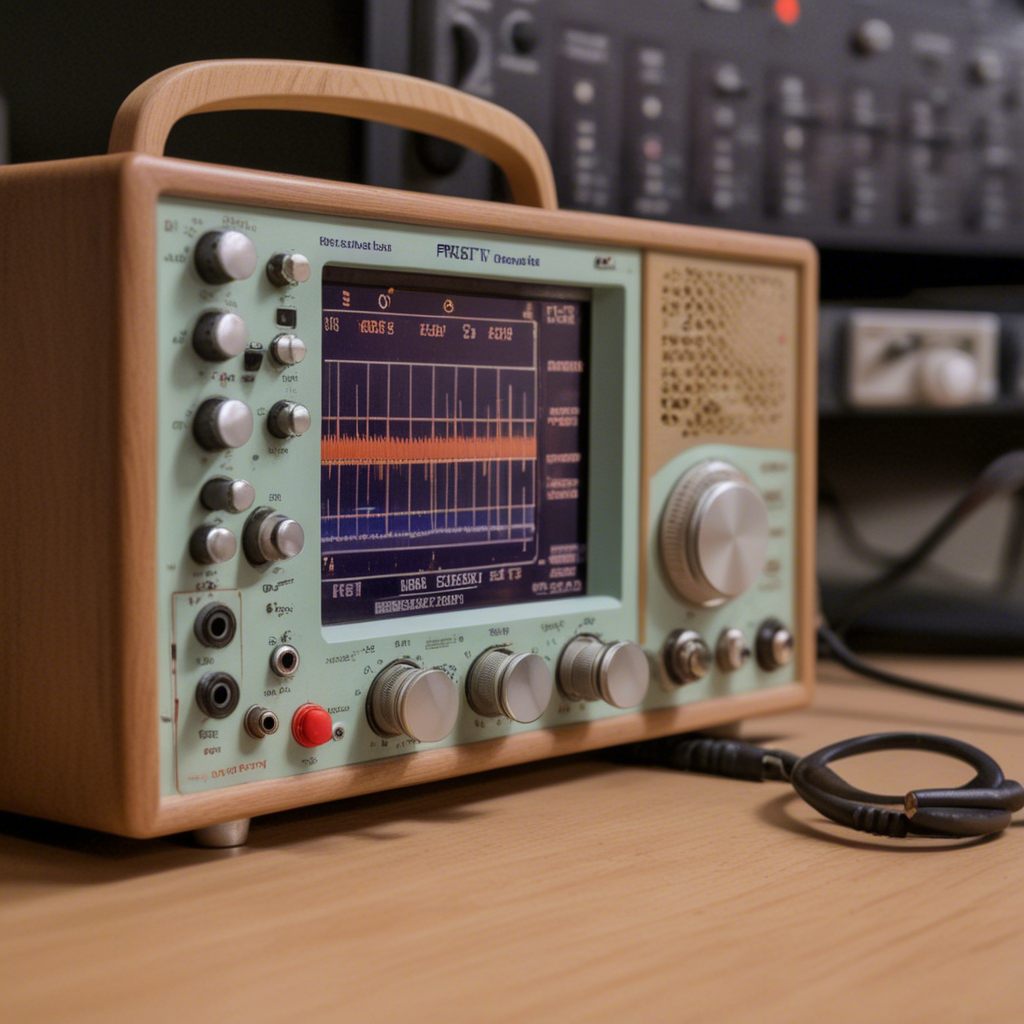
This week, the Consumer Choice Center submitted comments to the Federal Communications Commission on its proposal to reconfigure parts of the 900 MHz band, opposing the effort that would end...

The CMA is launching an investigation into Ticketmaster, regarding the sale of Oasis tickets and the use of dynamic pricing in determining ticket prices. In a statement, Mike Salem, UK Associate for...